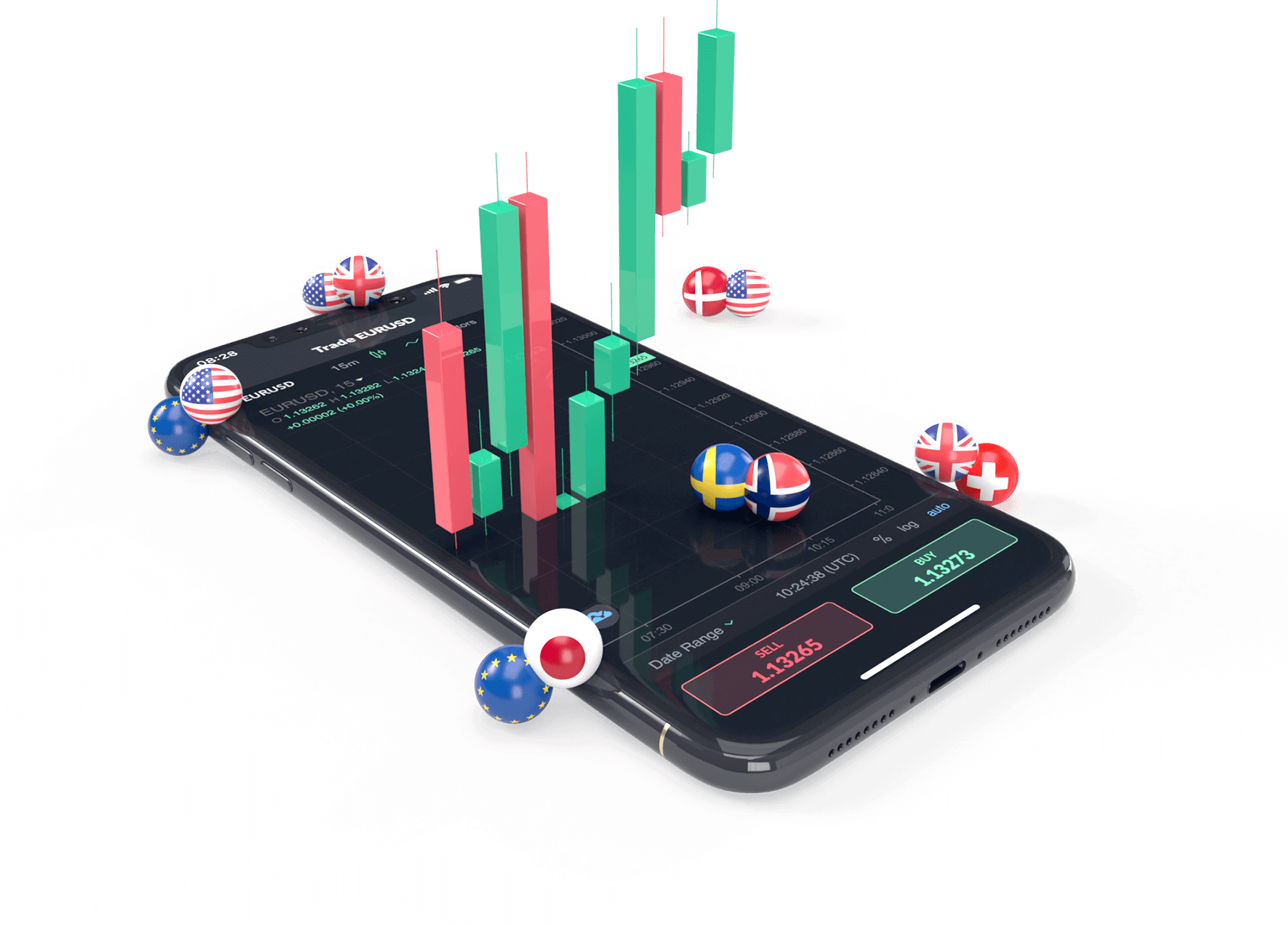Leverage is one of the key features of CFD trading, but it often confuses beginners. It allows traders to open larger positions than the money they actually have in their account. This can boost profits when a trade goes well, but it can also increase losses just as quickly. Understanding how leverage works can help traders avoid simple mistakes and manage their risk better.
Imagine you want to trade an asset worth £1,000, but you only have £100. With 10:1 leverage, your £100 is enough to open that trade. The broker covers the rest. This means you’re in control of a larger position using only a small amount of your own money. It makes the trade feel more powerful, and that’s part of the appeal of CFDs. But with that extra power comes extra responsibility, as losses can also grow just as quickly as gains.
In online CFD trading, leverage is often shown as a ratio—like 5:1, 10:1, or even higher depending on the asset and regulations in your region. The higher the ratio, the more control you have over a bigger position. But this also means that every small movement in price has a bigger effect on your account. If the market moves in your favour, the gains are larger. If it moves against you, losses can add up fast.
This is why leverage is both a tool and a risk. New traders often focus only on the potential to earn more. They may forget that the same trade could lead to losing their entire balance if they don’t manage it carefully. That’s why most experienced traders set stop-loss levels before entering any trade. It’s a way to limit how much is lost if things don’t go as planned.
Using leverage doesn’t change the market. Prices still move based on supply, demand, and news. What changes is how much those price movements affect your account. A 1% price change might seem small, but with 10:1 leverage, it feels like 10%. That can be good or bad, depending on your position and plan.
Most online CFD trading platforms help traders control their use of leverage by showing margin requirements. Margin is the amount of money you need to keep in your account to open and hold a trade. If the market moves too far against you and your margin drops too low, you might receive a margin call. This is a warning to add more funds or close your trades. If you don’t act, the platform may close your positions automatically to protect the remaining balance.
Leverage can be adjusted too. You don’t always have to use the highest ratio available. Some traders prefer lower leverage to reduce stress and make decisions with a clear mind. Others use different amounts depending on the market conditions. For example, during highly volatile times, using less leverage helps avoid sudden losses.
Practising with a demo account is a smart way to see how leverage works without any risk. Most online CFD trading platforms offer this option, letting you test how small price moves affect larger positions. This hands-on experience builds understanding and helps you develop safer habits before trading with real money.
Knowing when and how to use leverage is part of becoming a skilled trader. It’s not about using the most power—it’s about using it wisely. With the right approach, leverage can support your strategy instead of working against you.
By learning the basics, watching how your trades react, and keeping your risks in check, you can turn leverage into a helpful part of your CFD trading journey. It’s a tool that rewards preparation, not guesswork.

